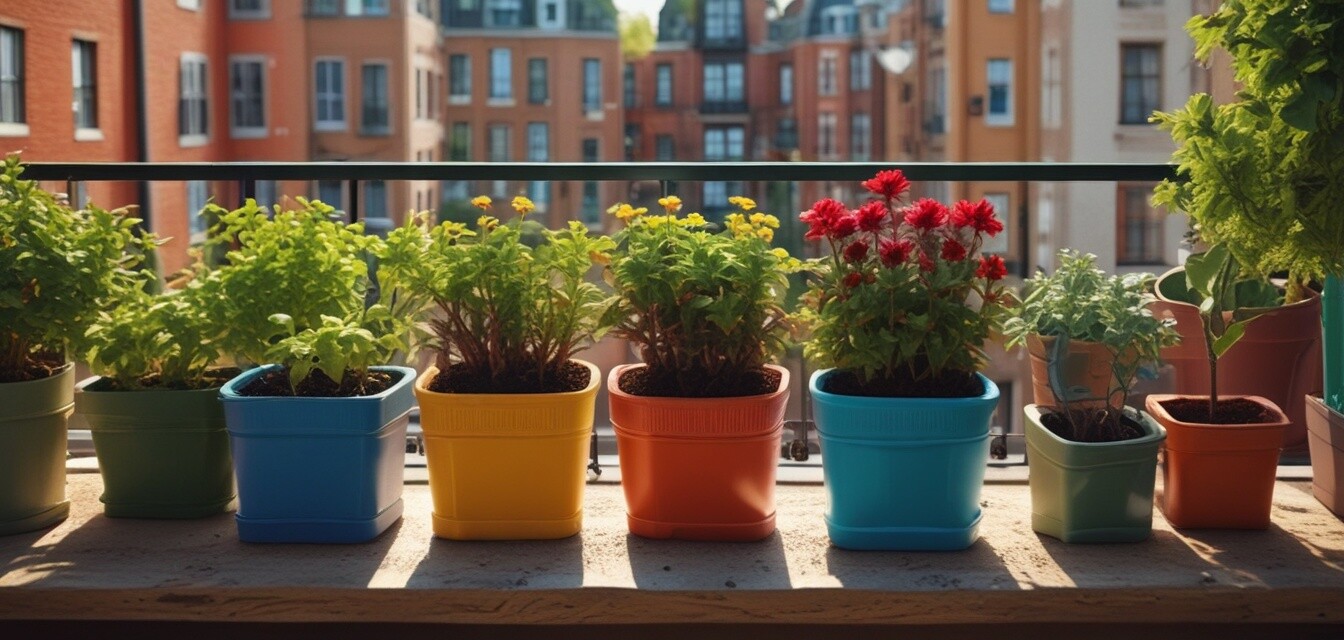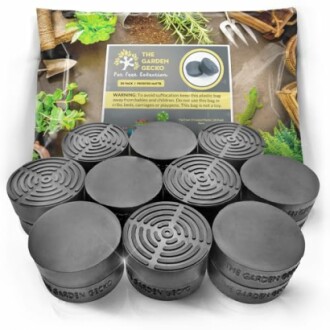
Understanding Soil Types for Container Gardening
Key Takeaways
- Soil type impacts plant growth, drainage, and nutrient retention.
- Understanding various soil components helps in selecting the best mix for your container garden.
- Regularly check soil condition and adjust as needed for optimal plant health.
Container gardening is an excellent way to bring greenery into your living space, especially if you reside in an urban apartment with limited outdoor space. However, one crucial aspect that often gets overlooked is the choice of soil. Understanding soil types is vital to ensuring that your plants thrive. In this comprehensive guide, we will explore different soil types, their components, and which plants they best support.
The Importance of Soil in Container Gardening
Soil serves as the foundation for your container garden and plays a critical role in:
- Nutrient retention: Provides the necessary nutrients plants need to grow.
- Drainage: Ensures that excess water does not harm the roots.
- Root support: Offers stability and encourages healthy root development.
Types of Soil for Container Gardening
Not all soil is created equal. Here are some common types of soil used in container gardening:
| Soil Type | Components | Best For |
|---|---|---|
| Potting Soil | Peat moss, perlite, vermiculite, fertilizer | Most container plants and flowers |
| Seed Starting Mix | Peat moss, vermiculite, perlite | Starting seeds and seedlings |
| Succulent and Cactus Mix | Sand, perlite, potting soil | Succulents and cacti |
| Herb Mix | Potting soil, compost, sand | Herbs like basil, thyme, and rosemary |
| Orchard Mix | Pine bark, sphagnum moss, fertilizer | Fruit trees and larger plants |
Components of Container Soil Mixes
To create the best soil for your plants, knowing the essential components is important:
- Peat Moss: Retains moisture but can lead to poor drainage if used alone.
- Perlite: Lightweight and promotes drainage.
- Vermiculite: Retains moisture while allowing air circulation.
- Compost: Enriches the soil with nutrients.
- Sand: Improves soil aeration and drainage.
Tips for Choosing the Right Soil
Beginner's Tips
- Know your plants: Different plants require different soil conditions.
- Mix it up: Sometimes, a combination of soil types works best.
- Consider the container: Ensure your container has adequate drainage holes.
- Monitor moisture: Remove and check the soil regularly to avoid root rot.
- Fertilize as needed: Container soils can deplete nutrients quickly due to limited volume.
Popular Products for Container Gardening
Using the right tools and accessories can significantly enhance your container gardening experience. One notable product is:
The Garden Gecko Invisible Pot Feet
These solid rubber pot risers with enhanced non-slip surface grip are perfect for elevating your pots while allowing for proper drainage.
Learn MoreMaintaining Your Soil
Over time, soil in containers can become compacted and lose its effectiveness. Regular maintenance is necessary:
- Replace topsoil every few months.
- Mix in fresh compost to boost nutrients.
- Check for pests and diseases regularly.
Conclusion
Choosing the right soil for your container garden is crucial to your plants' success. Understanding the different soil types and components will ensure that you provide the optimal growing conditions necessary for thriving plants. Regularly assess and maintain your soil to keep your balcony garden lush and vibrant.
For more gardening tips and information, explore our resources on plant selection and DIY balcony projects to make the most of your container garden!
